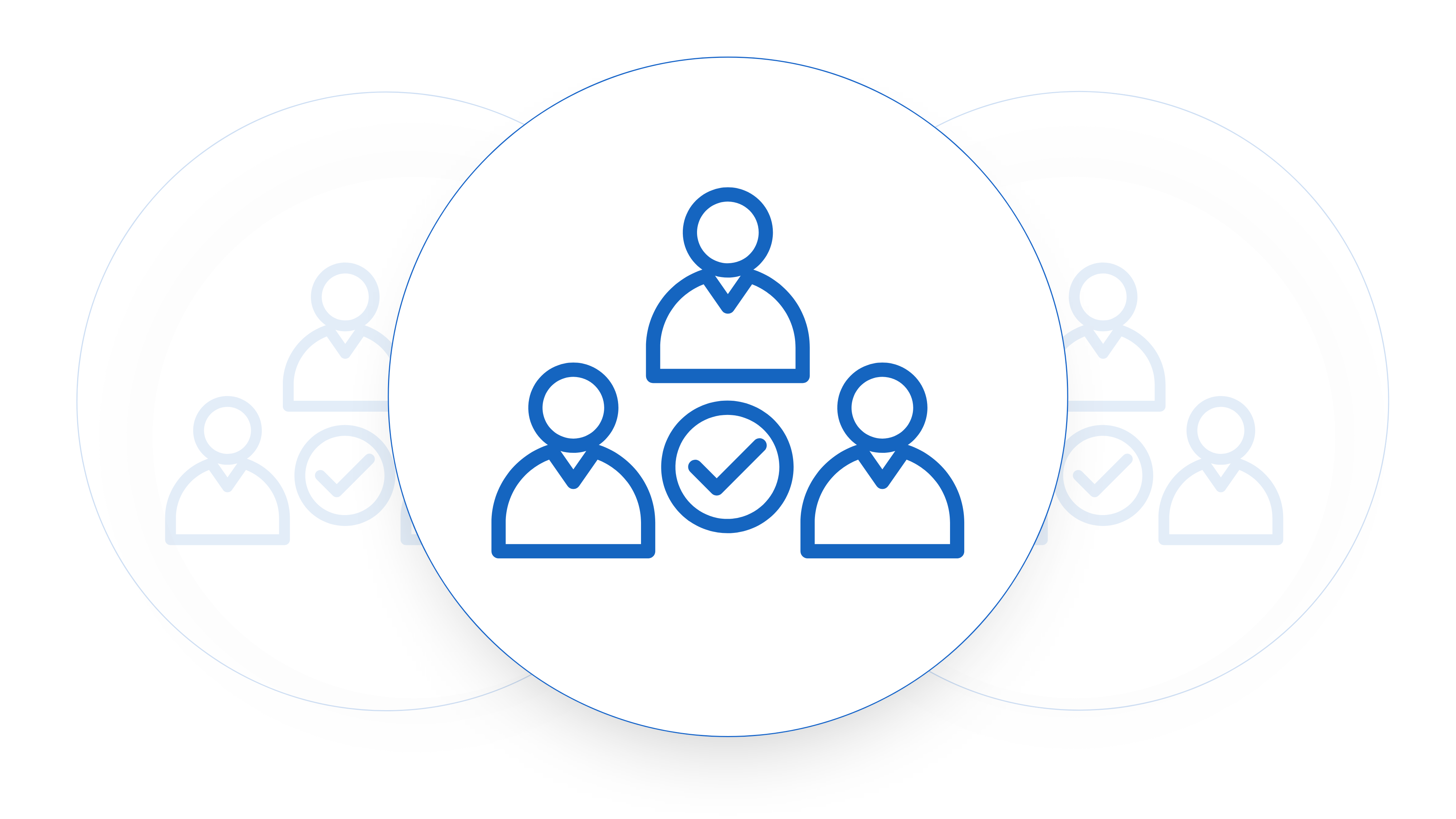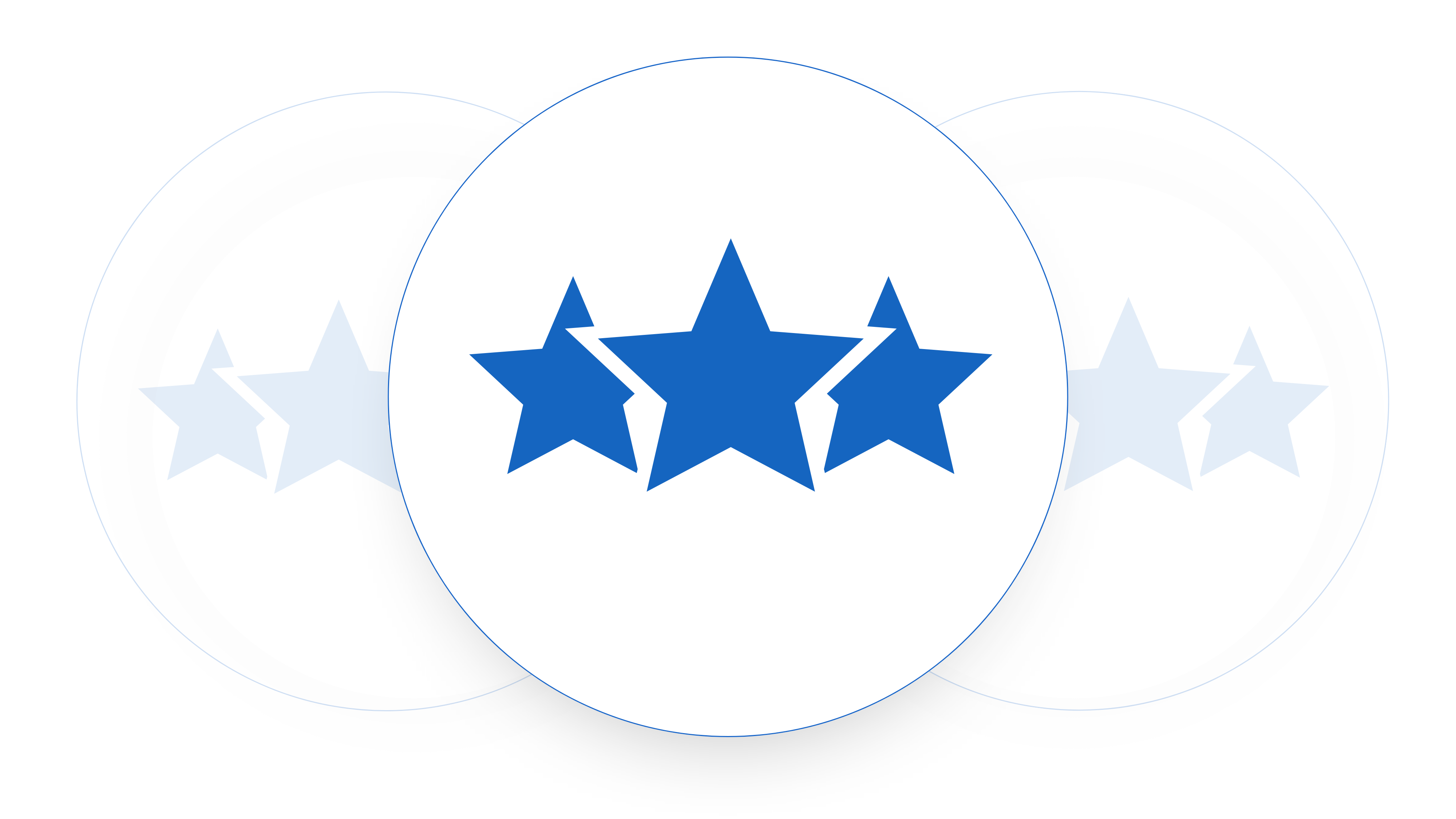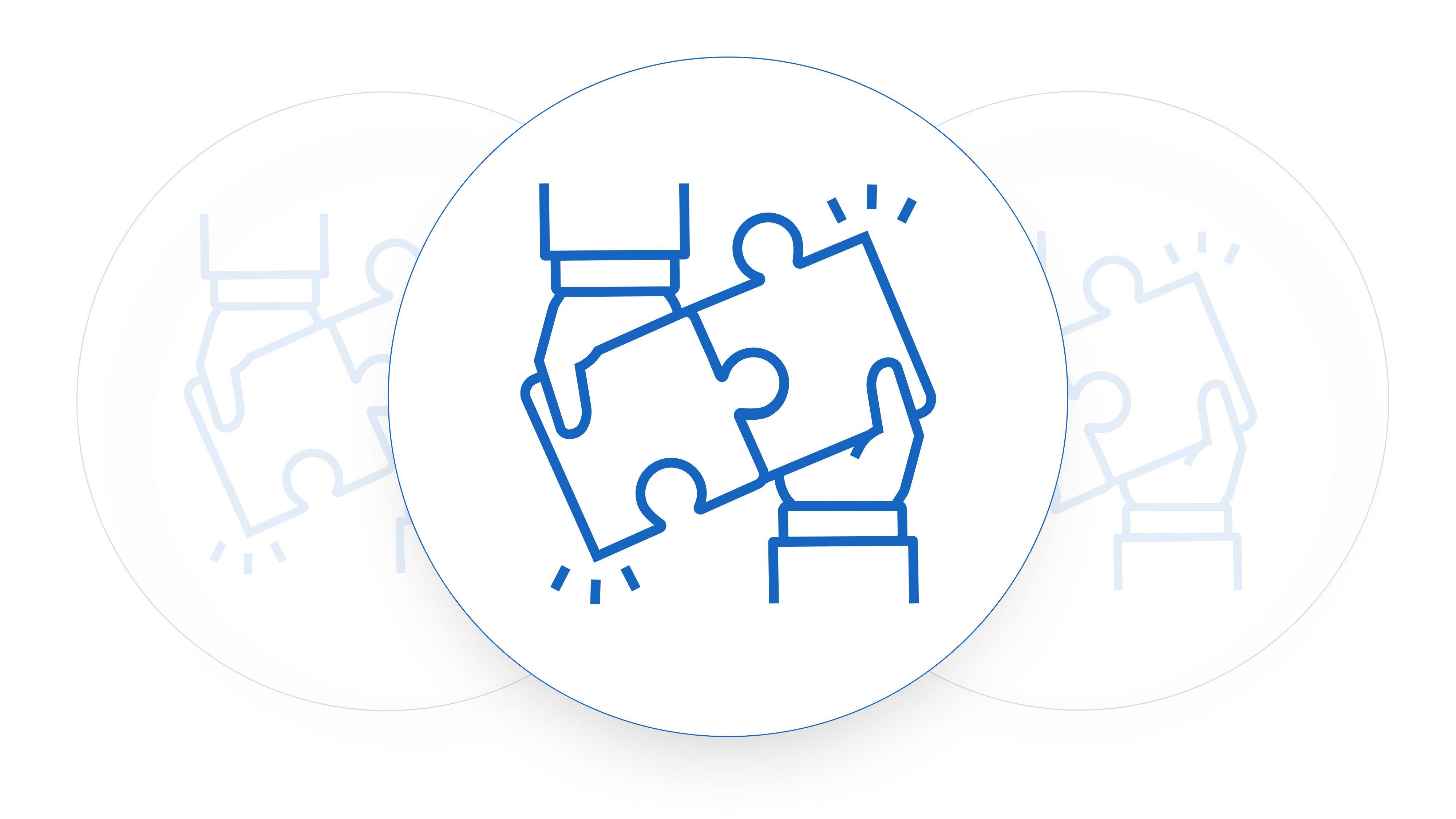In many in startups the common question arises “What business model is best for my startup?” In fact, if you’re not asking this when you’re sitting around your dinner table dreaming up your startup with your co-founders you’re likely going to have trouble later. Starting a business is an exciting thing to do, but one of the most crucial decisions you’ll make as an entrepreneur is choosing the right business model. Your business model lays the foundation for how your company will generate revenue (that is their purpose!) and create value for your customers. With various options available, from traditional to innovative models, it’s essential to weigh the pros and cons to determine which one aligns best with your startup’s goals and vision.
Traditional Business Model
Definition and Characteristics
The traditional business model involves selling products or services directly to consumers or businesses. It typically follows a straightforward approach, where customers pay for what they receive. There are a lot of variations on this model but the mostly all boil down to a simply you buy and then receive goods model.
Pros and Cons
- Pros: Clear revenue streams, established market presence.
- Cons: Limited scalability, vulnerable to market disruptions.
Subscription-based Business Model
Definition and Characteristics
In a subscription-based model, for example Software as a Service, customers pay a recurring fee to access a product or service for a specified period. This model fosters customer loyalty and provides a predictable revenue stream.
Pros and Cons
- Pros: Recurring revenue, customer retention.
- Cons: Initial customer acquisition costs, potential churn.
Freemium Business Model
Definition and Characteristics
The freemium model offers basic features for free while charging for premium features or additional functionality. It allows startups to attract a broad user base and monetize through upselling. The key thing with a freemium is knowing what feature to use for the upsell.
Pros and Cons
- Pros: Wide user adoption, upselling opportunities.
- Cons: Monetization challenges, balancing free and premium offerings.
Redline What Matters
Raise Changes For Approval To Turnaround Contracts Faster
E-commerce Business Model
Definition and Characteristics
E-commerce businesses sell products or services online, often through a website or marketplace. This model eliminates geographical barriers and offers convenience to customers.
Pros and Cons
- Pros: Global reach, lower overhead costs.
- Cons: Intense competition, logistical challenges.
Peer-to-Peer (P2P) Business Model
Definition and Characteristics
P2P platforms connect individuals to exchange goods or services directly, bypassing traditional intermediaries. Examples include ride-sharing and accommodation-sharing platforms.
Pros and Cons
- Pros: Disintermediation, sharing economy benefits.
- Cons: Regulatory hurdles, trust and safety concerns.
Platform as a Service (PaaS) Business Model
Definition and Characteristics
PaaS provides a platform allowing customers to develop, run, and manage applications without the complexity of building and maintaining the underlying infrastructure.
Pros and Cons
- Pros: Scalability, cost-effectiveness.
- Cons: Dependency on platform provider, potential integration challenges.
Factors to Consider When Choosing a Business Model
When evaluating which business model suits your startup, consider the following factors:
Target Audience and Market Demand
Understanding your target market’s needs and preferences is crucial in selecting a model that resonates with them.
Revenue Generation Potential
Assess the revenue streams associated with each model and evaluate their growth potential over time.
Scalability and Growth Opportunities
Choose a model that allows for scalability and expansion as your startup grows and evolves.
Competitive Landscape
Analyze the competitive landscape to identify gaps and opportunities where your chosen model can thrive.
Resource Requirements
Consider the resources, both financial and human, required to implement and sustain the chosen business model.
Flexibility and Adaptability
Select a model that offers flexibility to adapt to changing market conditions and consumer preferences.
Case Studies: Examples of Successful Business Models
Let’s look at some real-world examples (that you’ve all heard of) successful business models:
1) Amazon
Amazon’s e-commerce model revolutionized online shopping, offering a vast selection of products and seamless delivery options. Bezos wasn’t the first but he figured out how to grow it to what it is today.
2) Netflix
Netflix disrupted the entertainment industry with its subscription-based streaming service, providing on-demand access to a wide range of content. It started as a DVD hire company – it’s come a long way.
3) Spotify
Spotify’s freemium model transformed the music industry, allowing users to stream music for free with ads or subscribe for an ad-free experience. But I’d have to say, I recently tried the free version – and it’s absolute rubbish.
4) Airbnb
Airbnb’s P2P model revolutionized the hospitality industry, enabling individuals to rent out their properties to travellers worldwide. Imagine pitching that to investors before it was heard of.
Choosing the right business model for your startup is a super important decision that requires careful consideration of various factors. It’s also a decision you want to get right as early as possible because it’s a nightmare to change. By understanding the different models available and evaluating their suitability based on your goals and resources, you can set your startup on the path to success.
FAQ’s
Consider your target market, revenue generation potential, scalability, and competitive landscape to make an informed decision. Speak to other business owners in the market.
Yes, certain industries may benefit more from particular models based on consumer behavior and market trends. Software as a service has been a model that has been particularly successful for software companies over the last decade.
Innovation often drives the creation of new business models (just look at Facebook or Amazon) or the adaptation of existing ones to meet changing demands and technological advancements.
While possible, transitioning to a new business model can be challenging and may require careful planning and execution. A pivot is common for early startups.
Customer feedback is invaluable in refining and optimizing your business model to better meet the needs and expectations of your target audience. Get feedback not just from potential customers but potential investors also.











